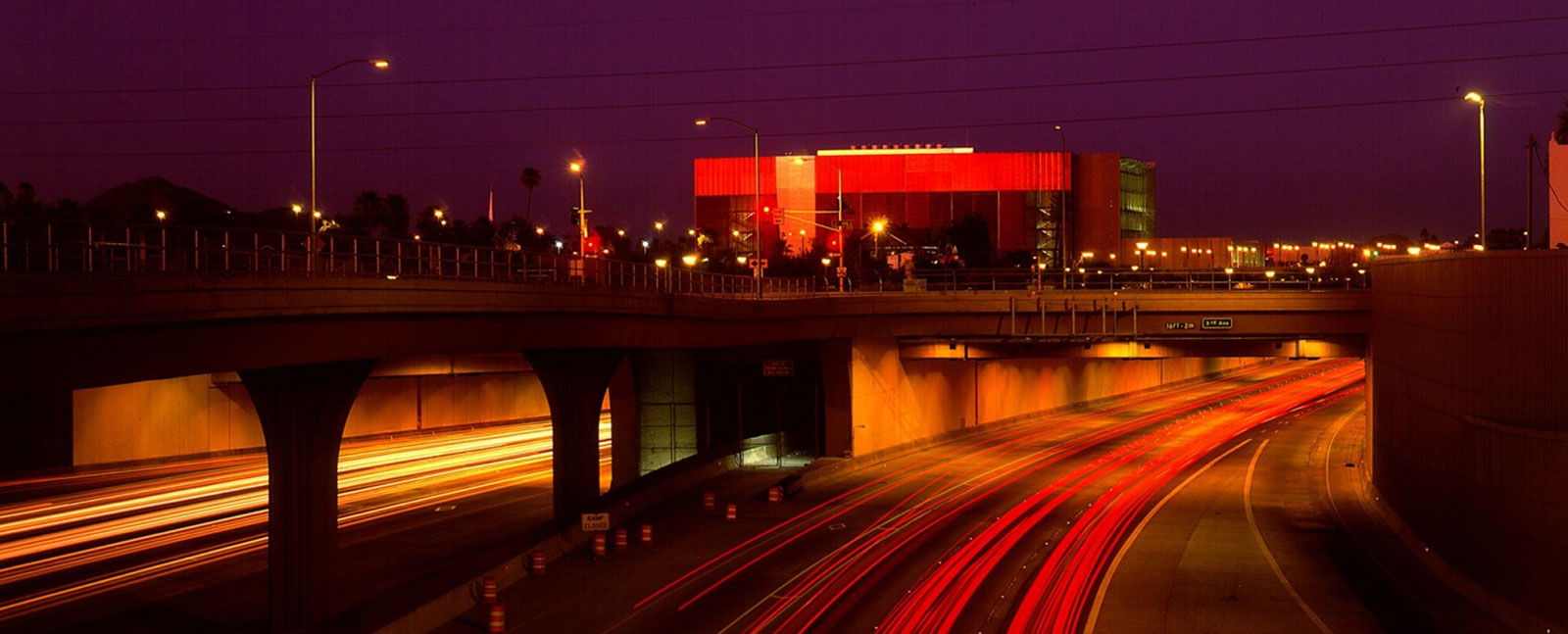
This spring BUILD met up with Will Bruder at his new-ish Portland studio to discuss the move from Phoenix, his path to becoming an architect, and the projects currently on his desk.
The last time we interviewed you in 2011, you were still in Phoenix part-time and you expressed concern over the well-being of urbanism there. What has transpired since moving your life to Portland, Oregon?
We moved to Portland in the fall of 2008; we arrived the day Obama came to speak just steps from here. I had grown tired of driving in Phoenix; I’d drive 50-100k miles per year when my studio was in the high desert, which was 32 miles from home. I wanted to be in a real city. The grid is right in Portland, it’s walkable, we have two streetcars in front of our home, the MAX light rail is a couple of blocks away, and it’s easy to get to airport. I feel totally in control of my environment. It has all of the sensation of living in a city, but it doesn’t have the high energy or stress it takes to survive in cities like Chicago, New York, or Boston. Portland has a good sense about it, and I feel privileged to live here. It’s worth noting that Pietro Belluschi played a major role in the urban fabric.
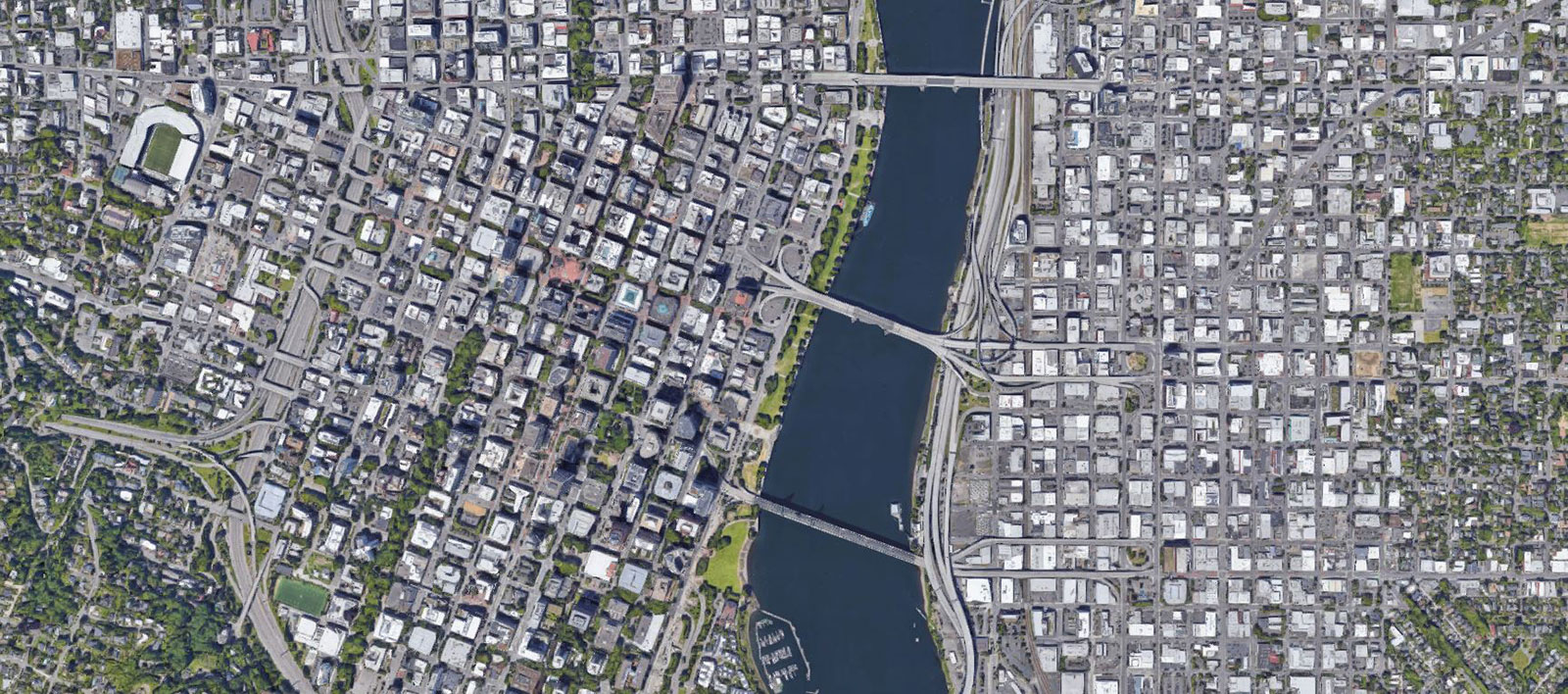
Do you think there’s hope for Phoenix?
No, not if you want a real city that’s based on values. If we’re going to save the planet, a city that has such an inflexible dependency on the car is never the answer. The scale of Phoenix’s mile grid and its 300-foot blocks are daunting, and they make positive change unattainable; people will get in their cars to drive a few blocks. The automobile is the soul of the place, and as such, it can never be an environmentally sensitive city or dynamic place.
Given your history with Phoenix, and given what you saw there, are you looking for red flags in Portland that can bring a city down?
A little bit, but I’m still getting used to it—I’m still the out-of-towner. Portland and Milwaukee have a similar civic sensibility, which is comforting to me.
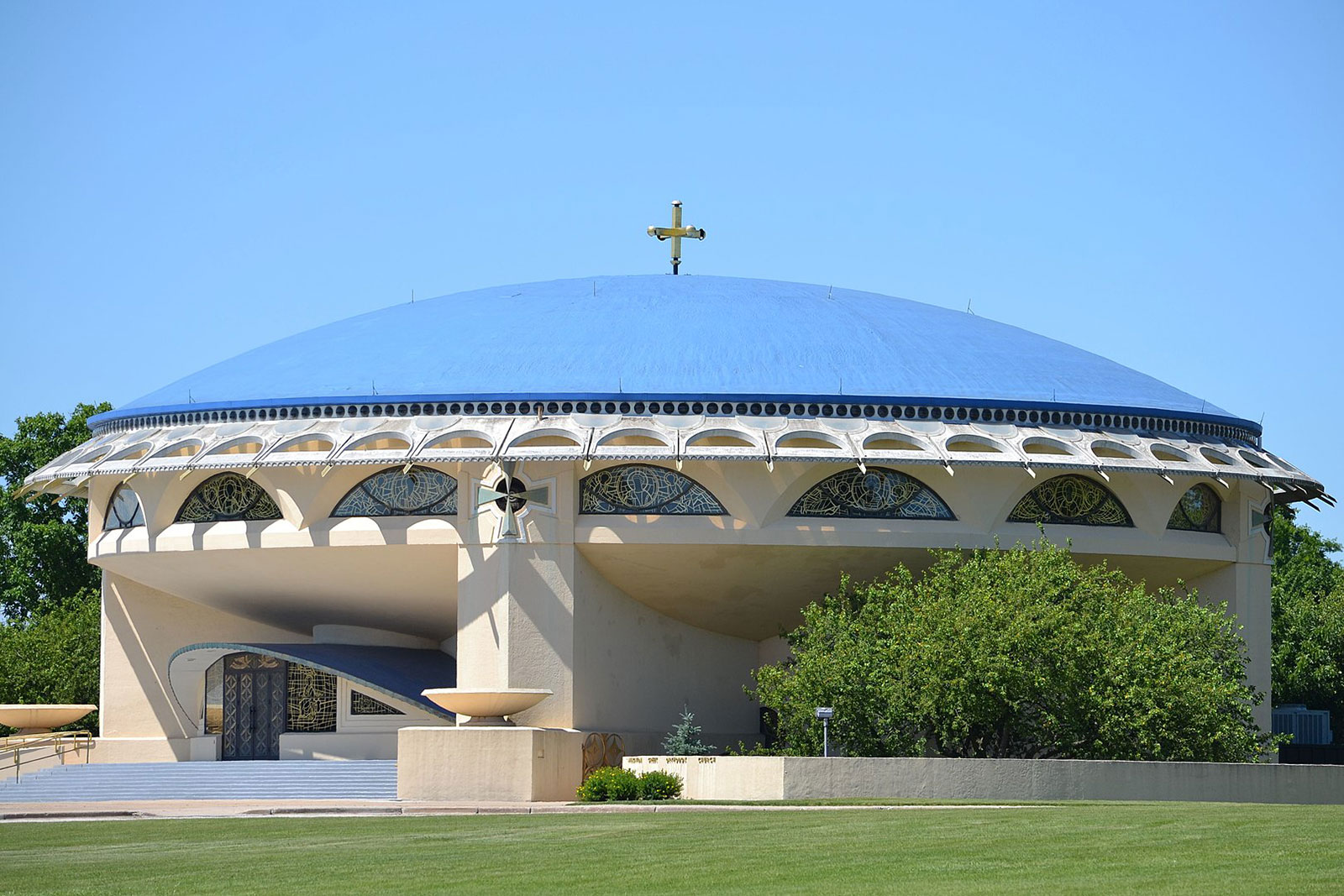
[Greek Orthodox Church by Frank Lloyd Wright, photo by Stephen Matthew Milligan]
What drew you to practice architecture?
My father was a firefighter, but he also tinkered with remodels and building, and my mother was a dime store clerk; we lived close to downtown—the western edge of Milwaukee. One summer, when I was eleven, I went out adventuring on my bike, and as I was coming up a hill I saw a fence, beyond which was a concrete dome under construction—it turned out to be the Greek Orthodox Church by Frank Lloyd Wright. I snuck under the fence to take a closer look, and I was thoroughly intrigued and excited. I went back many times to check on the progress, which further stoked my interest. There were other Wright buildings in Milwaukee that I was attracted to, and around that time Eero Saarinen was completing the Milwaukee County War Memorial. This was a turning point in my life. Also, I thank my parents for imbuing me with a thirst for travel and to see the world. My father had the pressing need to show me things, and we subsequently took many road trips throughout the United States, which was eye-opening.
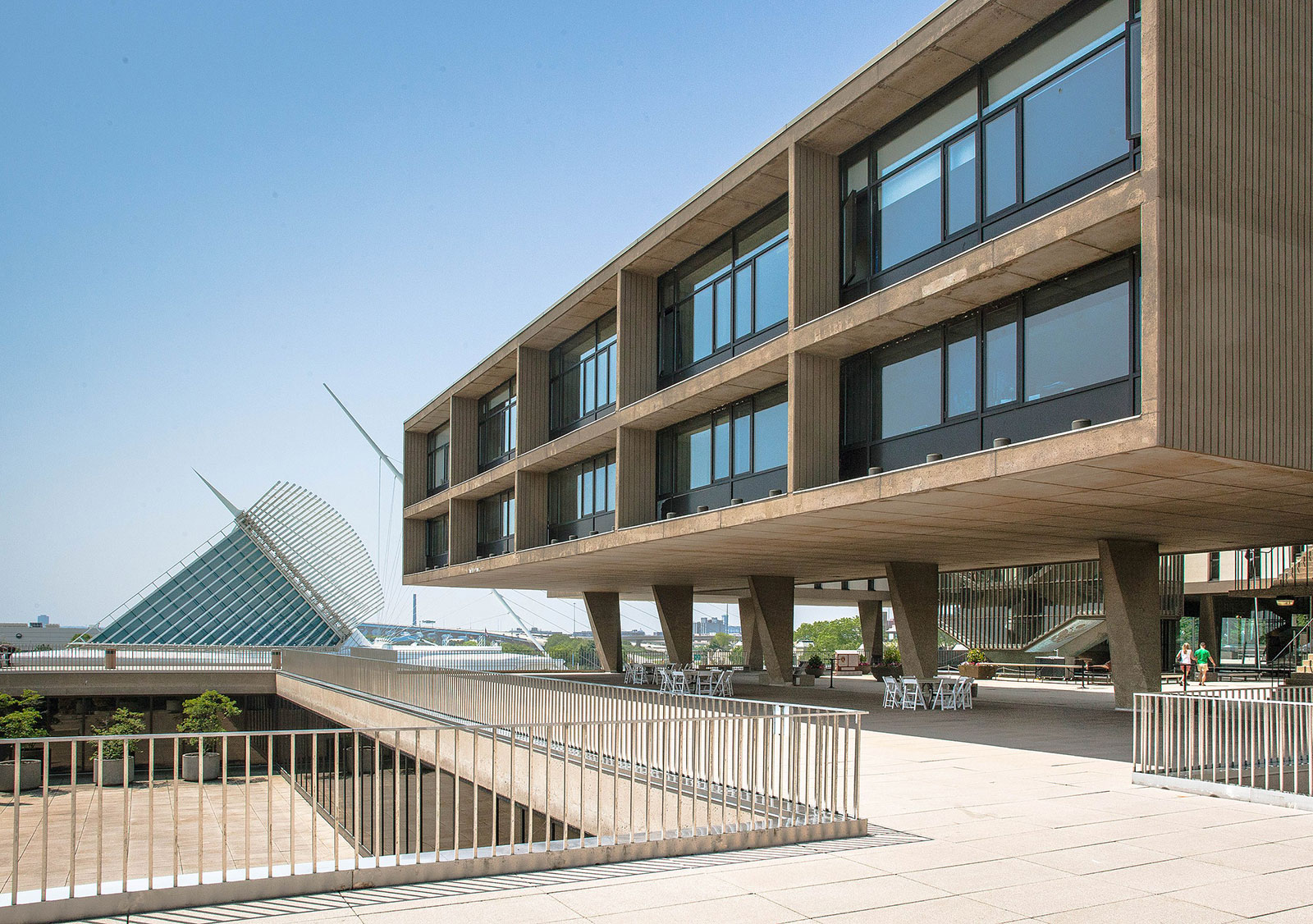
[Milwaukee County War Memorial by Eero Saarinen, photo by Peter Alfred Hess]
You took a different path to licensure; tell me about it.
I didn’t go to architecture school, mostly because Wisconsin didn’t have one, but I was able to gain some terrific experience that prepared me to take the licensing exam. When I was coming up it was possible to take the exam without an accredited degree as long as you had eight years of experience. I worked with William Wenzler in 1965, with Paolo Soleri in 1967, and with Gunnar Birkerts from 1968 to 1969. In 1969 I graduated from the University of Wisconsin and then worked with Michael Kemper Goodwin and others in 1970. Finally, I met and worked with Paul Schweikher in 1972. Once I had amassed my eight years of experience, in 1973 I took the exam and passed.
Materials and light have always played a critical role in your projects, but light is very different in the Pacific Northwest—was it necessary for your design thinking to evolve?
Not at all. We have a lot of sunshine in Portland—much more so than in Seattle. The nature of the horizon that surrounds Portland really drew me to this city, and the nuance of the light is exceptional. We have sunbreaks on most days.
Can you tell me about what you’re currently working on? How do you staff these projects now that your firm is just two individuals?
While I’ve enjoyed my residential work and I value those client relationships, it’s my public work that I really consider to be my best accomplishments—libraries and museums. I’ve been working on an 800’ speculative tower for Phoenix, and another tower in Boston, which began construction at the beginning of this year with completion scheduled for the end of 2023. Regarding staffing, for the Boston tower I partnered with another firm that has a depth of high-rise experience, and we selected Katerra as the GC, but then they folded. Fortunately, I struck a serendipitous relationship with Clayco, and was able to sign them on as our GC, which has been a great partnership.
I’m also working on a book of my work, which will launch in 2024, the 50th anniversary of my practice.
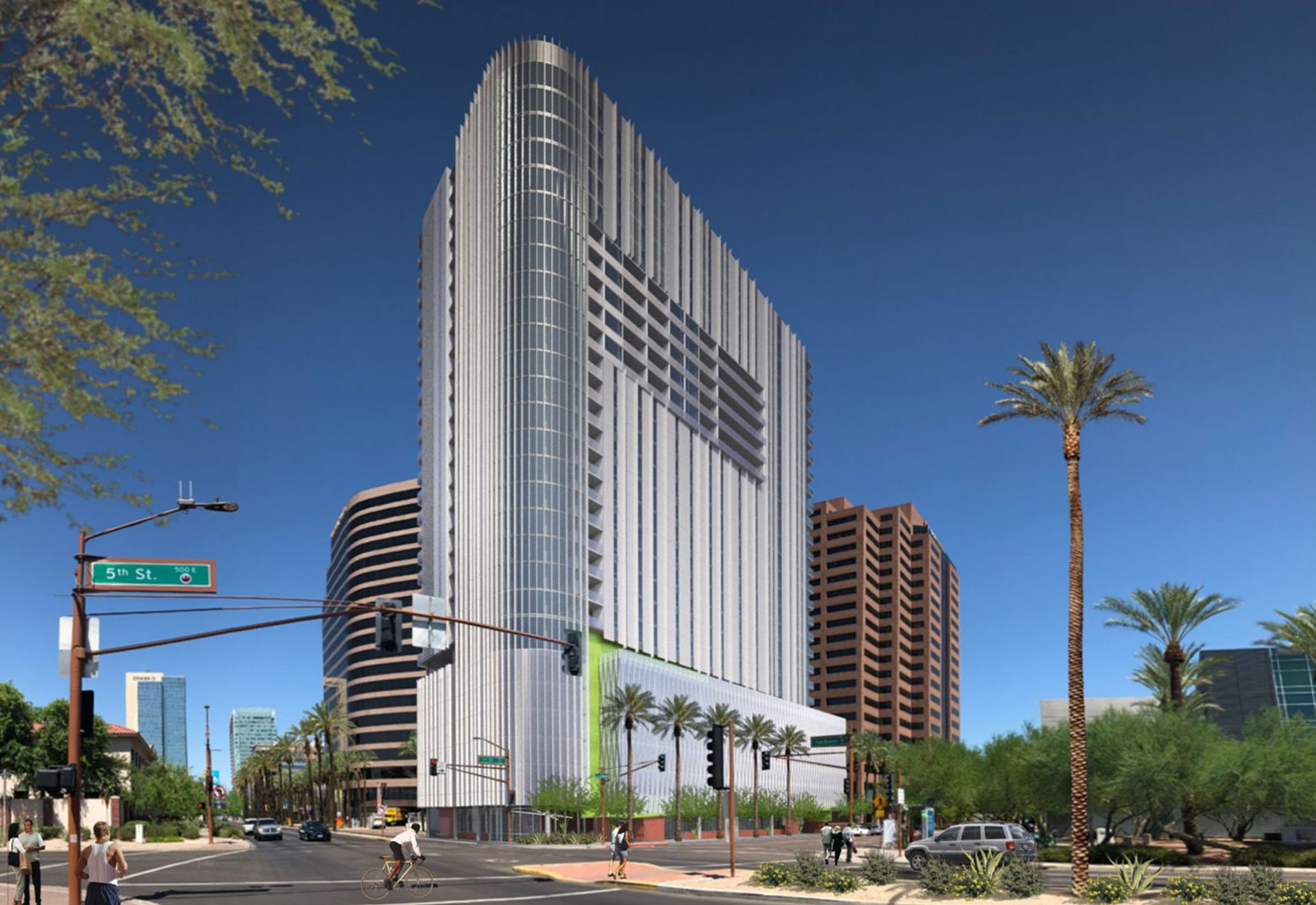
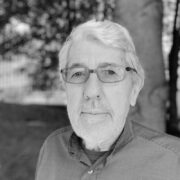 Will Bruder received a Bachelor of Fine Arts in sculpture from the University of Wisconsin-Milwaukee, and took supplemental courses in structural engineering, philosophy, art history, and urban planning. He apprenticed under Paolo Soleri at the Cosanti Studio, and Gunnar Birkerts. Bruder self-trained as an architect, obtained registration as an architect in 1973, and opened his first studio in 1974 in Arizona. His work celebrates the craft of building in a manner not typical of contemporary architecture. Through his creative use of materials and light, Bruder is renowned for his ability to raise the ordinary to the extraordinary. In 2019 he relocated Will Bruder Architects to Portland, Oregon.
Will Bruder received a Bachelor of Fine Arts in sculpture from the University of Wisconsin-Milwaukee, and took supplemental courses in structural engineering, philosophy, art history, and urban planning. He apprenticed under Paolo Soleri at the Cosanti Studio, and Gunnar Birkerts. Bruder self-trained as an architect, obtained registration as an architect in 1973, and opened his first studio in 1974 in Arizona. His work celebrates the craft of building in a manner not typical of contemporary architecture. Through his creative use of materials and light, Bruder is renowned for his ability to raise the ordinary to the extraordinary. In 2019 he relocated Will Bruder Architects to Portland, Oregon.





